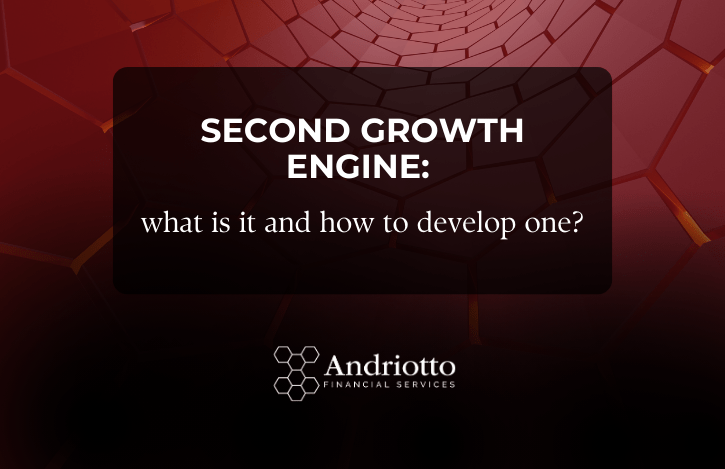In the quest for growth, companies traditionally relied on leveraging their core capabilities in adjacent markets. However, a new trend has emerged, with companies now focusing on constructing second growth engine–referred to as “engine twos” by Bain’s Zook and Allen.
This shift has become even more critical as, over the last five years, 60% of major public companies have experienced growth slowdown or stagnation, often due to technological disruptions. Consequently, the pursuit of an engine two has become increasingly essential.
CEOs worldwide have expressed concerns about obsolescence and the need for renewal. They anticipate that their main competitors in the next five to seven years will be different, posing a significant threat with new business models. CEOs estimate that 40% of their companies’ value creation in the next decade will come from entering new markets as well as launching fresh business models.
While the business landscape remains unstable, it presents an opportune time for companies to build new engines of growth, thanks to low interest rates and the ability to scale disruptive businesses with less capital. Companies like Amazon, Google, and Apple have redirected their resources to develop new cores, contributing to their market value growth.
Research carried out by Harvard Business Review identified the following three archetypes of successful engine twos:
1. Next-generation versions of original core businesses, or engine ones;
2. Moving into a market that historically was just minimally related to the engine one business, drawing on the first core’s assets and on new technologies; and
3. Building a brand-new business almost completely unrelated to the engine one.
Furthermore, successful engine twos share four foundational elements:
1. A target market with large profit potential;
2. A proprietary source of competitive advantage (often built up through acquisitions);
3. An entrepreneurial mindset; and
4. The ability to leverage the scale and assets of engine one.
The interplay between the four elements of success amplifies their impact, consequently generating a synergetic effect.
When a market holds significant potential and boasts a substantial profit pool (element one), the utilization of the original core’s assets (element four) becomes even more crucial. This allows the company to seize market share ahead of competitors.
Likewise, when an entry strategy exhibits strong differentiation (element two), cultivating an entrepreneurial mindset (element three) becomes indispensable. By continuously testing and enhancing the differentiation, one can stay ahead of the competition, while maintaining a competitive edge.
Thus, the combination of these four elements unleashes a powerful force that propels success to new heights.
Source: adapted from Harvard Business Review (2022)
At AFS, we are passionate about fostering innovation and empowering ambitious minds to flourish. Our mission is to provide best-in-class financial services for traditional and crypto deals, exploit European grants, and use quantitative methods to improve clients’ performance. We aim to help our customers unlock their full business potential.
Are you looking to fund your next venture or unlock grant opportunities?
Contact us at [email protected]!


